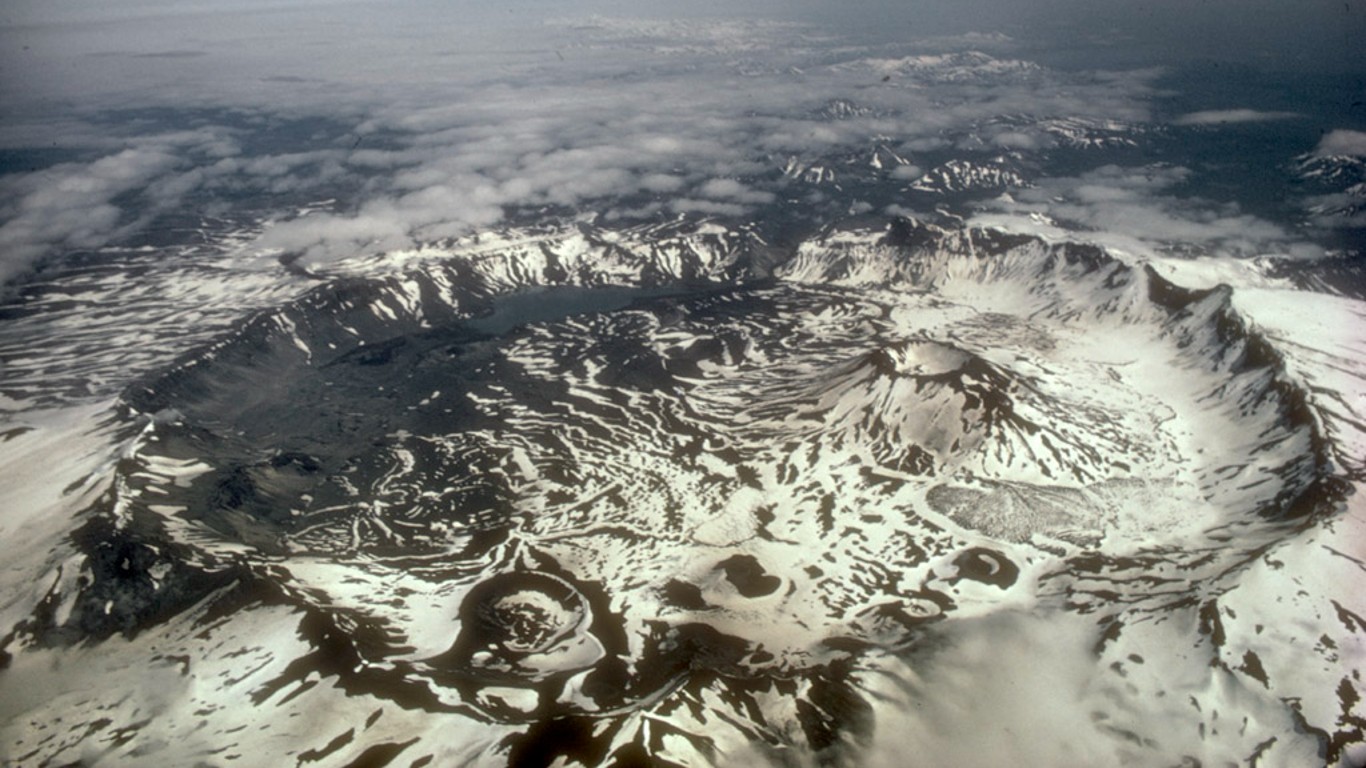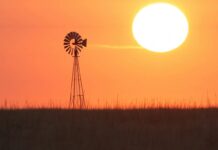
Volcanic eruptions don’t occur only in faraway lands. The U.S. is dotted with active volcanoes poised to erupt at any minute. The U.S. Geological Survey points out there are 1,350 potentially active volcanoes worldwide, of which 500 have a recorded history of erupting, sending off rivers of lava and plumes of noxious gas. (These are the most dangerous volcanoes on the planet.)
Of the total number, 161 are located in the U.S., mostly along the American portions of the so-called Ring (or Rim) of Fire, a seismically and volcanically active zone stretching along most of the Pacific Rim. That places the majority of the active volcanoes in the country in the Alaskan Aleutian volcanic chain, Hawaii, and California, Oregon, and Washington.
In fact, Hawaii’s Kīlauea volcano has been spewing lava since 1983. But a major eruption in the spring of this year threw “320,000 Olympic-size swimming pools’ worth of molten rock from its eastern flank,” according to a report in the New York Times. The USGS continues to monitor flow at the volcano.
To identify the most dangerous volcanoes in the United States, 24/7 Wall St. reviewed the overall threat score from the “2018 update to the U.S. Geological Survey national volcanic threat assessment.” The most recent eruption year also came from the USGS. The population within 30 kilometers and 100 kilometers (about 18 and 30 miles, respectively), for each volcano was obtained from The Smithsonian Institution’s “Volcanoes of the World” database.
Click here to see the most dangerous volcanoes in America
The USGS ranks volcanoes into five threat categories: very low, low, moderate, high, and very high. The assessments account for the volcano’s eruptive activity and history as well as its geographic location. By that standard, 18 U.S. volcanoes classify as very high threat, with 11 of those located in Washington, Oregon, and California where they loom over large population centers. Alaska is home to five of the 18, owing to their presence near densely populated areas and important economic infrastructure. (See the most devastating volcanic eruptions in history.)
In addition, the USGS assigns each volcano an overall numerical threat score based on some 24 metrics assessing “a volcano’s hazard potential and exposure of people and property to those hazards (independent of any mitigation efforts or actions).” Our list includes only those volcanoes with a score of 100 or more.





